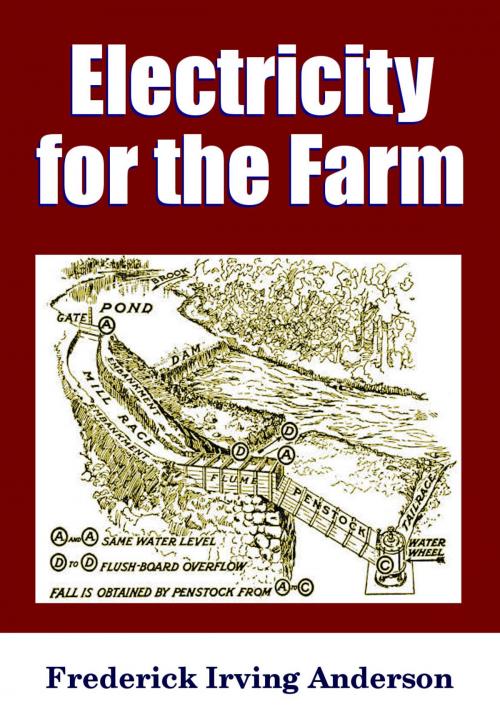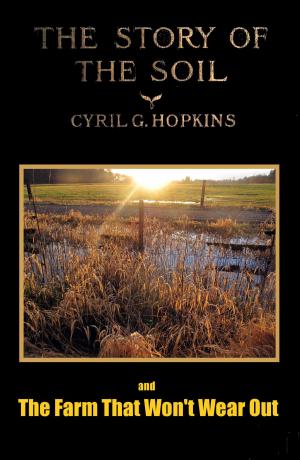Electricity For the Farm
Nonfiction, Science & Nature, Technology, Engineering, Environmental, Electricity, Agriculture & Animal Husbandry| Author: | Midwest Journal Press, Frederick Irving Anderson, Dr. Robert C. Worstell | ISBN: | 9781312836662 |
| Publisher: | Midwest Journal Press | Publication: | March 3, 2015 |
| Imprint: | Language: | English |
| Author: | Midwest Journal Press, Frederick Irving Anderson, Dr. Robert C. Worstell |
| ISBN: | 9781312836662 |
| Publisher: | Midwest Journal Press |
| Publication: | March 3, 2015 |
| Imprint: | |
| Language: | English |
This book is designed primarily to give the farmer a practical working knowledge of electricity for use as light, heat, and power on the farm. The electric generator, the dynamo, is explained in detail; and there are chapters on electric transmission and house-wiring, by which the farm mechanic is enabled to install his own plant without the aid and expense of an expert.
With modern appliances, within the means of the average farmer, the generation of electricity, with its unique conveniences, becomes automatic, provided some dependable source of power is to be had—such as a water wheel, gasoline (or other form of internal combustion) engine, or the ordinary windmill.
The tiny unconsidered brook that waters the farm pasture frequently possesses power enough to supply the farmstead with clean, cool, safe light in place of the dangerous, inconvenient oil lamp; a small stream capable of developing from twenty-five to fifty horsepower will supply a farmer (at practically no expense beyond the original cost of installation) not only with light, but with power for even the heavier farm operations, as threshing; and in addition will do the washing, ironing, and cooking, and at the same time keep the house warm in the coldest weather.
For those not fortunate enough to possess water-power which can be developed, there are chapters on the use of the farm gasoline engine and windmill, in connection with the modern storage battery, as sources of electric current.
[From the Forward]
This classic text has been made accessible as an overview of how electricity was able to be generated off-grid on the early American farm. The charts and details make this a must-have reference for any preparedness-minded rural or even suburban citizen.
Get Your Copy Today!
This book is designed primarily to give the farmer a practical working knowledge of electricity for use as light, heat, and power on the farm. The electric generator, the dynamo, is explained in detail; and there are chapters on electric transmission and house-wiring, by which the farm mechanic is enabled to install his own plant without the aid and expense of an expert.
With modern appliances, within the means of the average farmer, the generation of electricity, with its unique conveniences, becomes automatic, provided some dependable source of power is to be had—such as a water wheel, gasoline (or other form of internal combustion) engine, or the ordinary windmill.
The tiny unconsidered brook that waters the farm pasture frequently possesses power enough to supply the farmstead with clean, cool, safe light in place of the dangerous, inconvenient oil lamp; a small stream capable of developing from twenty-five to fifty horsepower will supply a farmer (at practically no expense beyond the original cost of installation) not only with light, but with power for even the heavier farm operations, as threshing; and in addition will do the washing, ironing, and cooking, and at the same time keep the house warm in the coldest weather.
For those not fortunate enough to possess water-power which can be developed, there are chapters on the use of the farm gasoline engine and windmill, in connection with the modern storage battery, as sources of electric current.
[From the Forward]
This classic text has been made accessible as an overview of how electricity was able to be generated off-grid on the early American farm. The charts and details make this a must-have reference for any preparedness-minded rural or even suburban citizen.
Get Your Copy Today!















